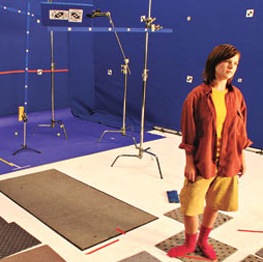A nice piece in this month’s Wired about “the manga industrial complex” in Japan, and the complex structure of tacitly-permitted copyright violation that powers the participatory fan culture around commercially-produced manga. Though the countless fan publications that take existing, copyrighted characters and repurpose them in new, surreal or pornographic environments are in explicit violation of copyright, the industry maintains an anmoku no ryokai (‘unspoken, implicit agreement’) to allow this culture to flourish – as it benefits everyone:
Taking care of customers. Finding new talent. Getting free market research. That’s a pretty potent trio of advantages for any business. Trouble is, to derive these advantages the manga industry must ignore the law. And this is where it gets weird. Unlike, say, an industrial company that might increase profits if it skirts environmental regulations imposed to safeguard the public interest, the manga industrial complex is ignoring a law designed to protect its own commercial interests.
This odd situation exposes the conflict between what Stanford law professor (and Wired contributor) Lawrence Lessig calls the “read only” culture and the “read/write” culture. Intellectual property laws were crafted for a read-only culture. They prohibit me from running an issue of Captain America through a Xerox DocuColor machine and selling copies on the street. The moral and business logic of this sort of restriction is unassailable. By merely photocopying someone else’s work, I’m not creating anything new. And my cheap reproductions would be unfairly harming the commercial interests of Marvel Comics.
But as Lessig and others have argued, and as the dojinshi markets amply confirm, that same copyright regime can be inadequate, and even detrimental, in a read/write culture. Amateur manga remixers aren’t merely replicating someone else’s work. They’re creating something original. And in doing so, they may well be helping, not hindering, the commercial interests of the copyright holders.
It’s interesting to speculate on whether J K Rowling’s publishers have the same attitude to the legions of fan writers busy generating Harry Potter slashfic; whether fanfic and slashfic is considered a meaningful contribution to the industries it riffs off, the way fan publications are recognised as such in the manga industry; and whether the idea of an anmoku no ryokai might be a useful addition to existing practice around copyright in a ‘read/write’ culture.

